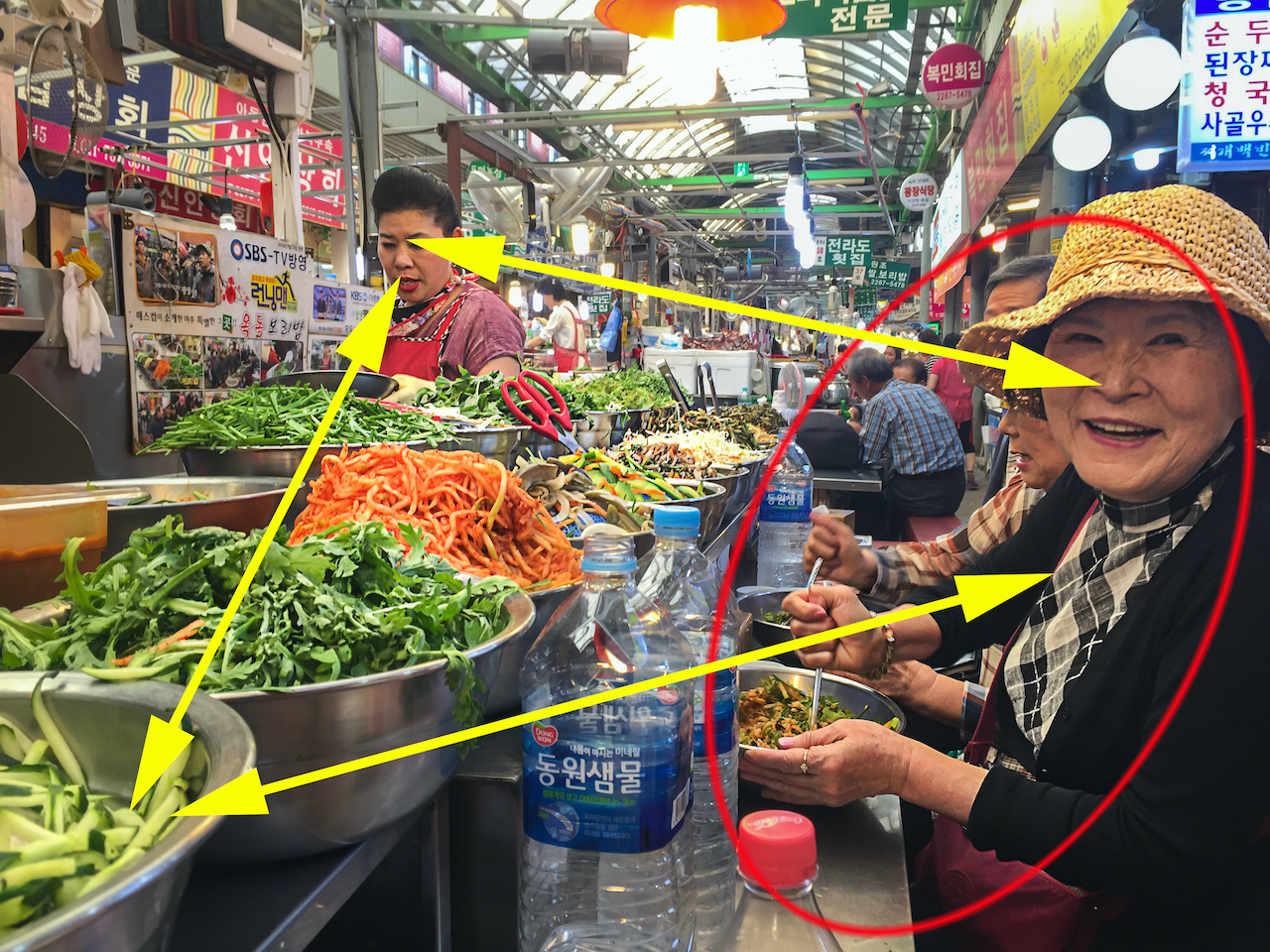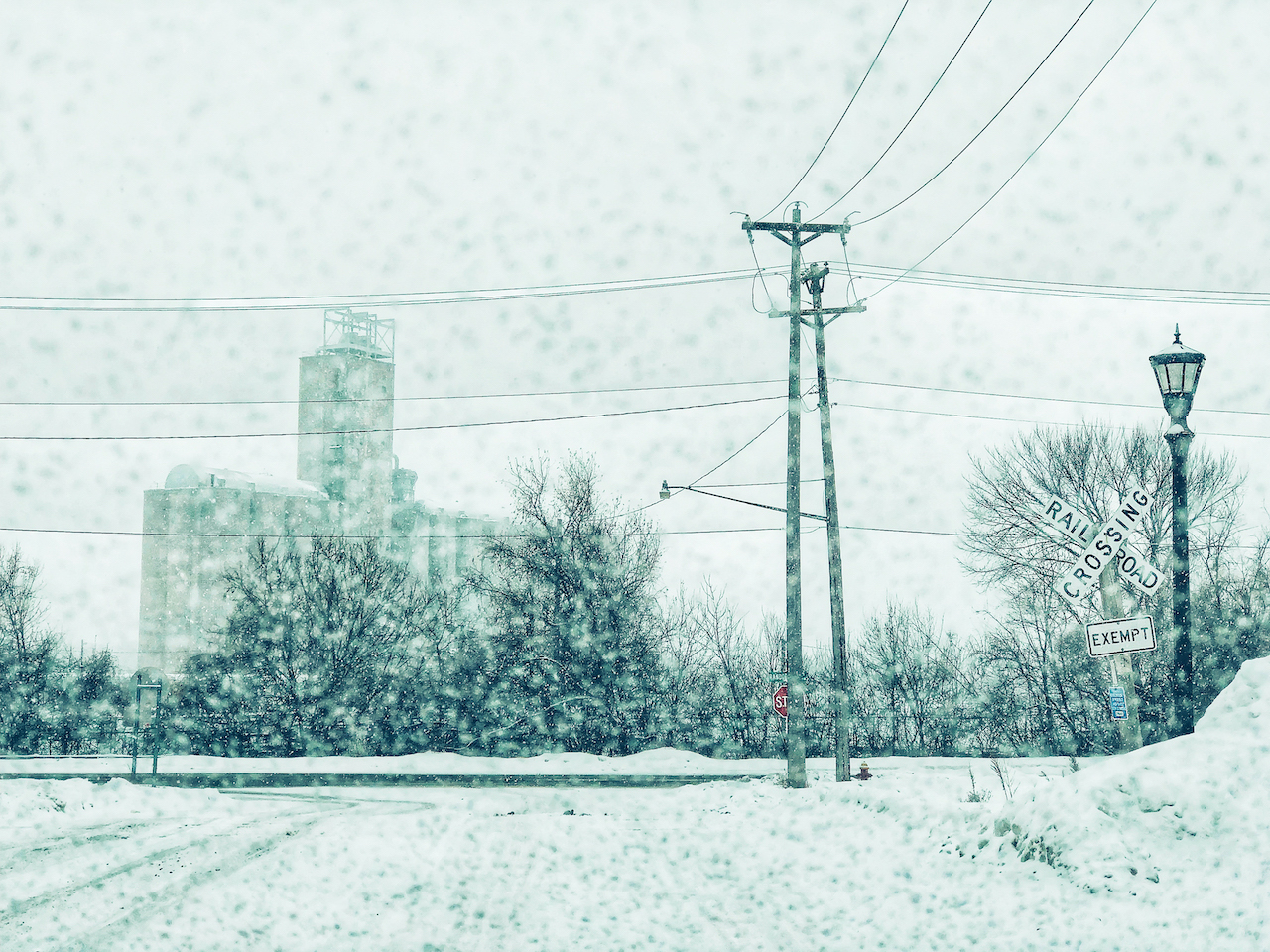Telling Photo Stories – Six Tips from a Fiction Author Who is also a Photographer
I am a photographer, and folks in the photo world know that. I’m also a published fiction writer, a much less-known fact about me.
For decades, I have studied the art of writing stories. What I’ve learned there has helped my photography immensely by pushing me to see my imaging as storytelling.
I have talked to photographers who express the desire to put a story element into their photos but don’t really know how that process occurs.

001 – Photograph by Kent DuFault and Post-processing by Kent DuFault
This blog post will discuss six tips to help you put storytelling elements into your photography.
Most books, television shows, and movies are divided into what is known as the Three Act Play.
This means they have a beginning that sets the story’s tone in Act One.
As the story moves into Act Two, the main character(s) face some type of drama that forces them to decide on some action.
In the transition from the Second Act into the Third Act, there is a moment of crisis, which is resolved by the end of the Third Act, and the story is complete.
This is a simplification, but I hope it gives you a feel for story structure.
Now, let’s translate that into photography.
When a photo first appears in front of our eyes. That’s Act One. Our brain quickly gives us an overall feeling about what is happening (within the frame).
Next, our brain picks out something important and focuses on that. This vital element is typically a focal point or the subject, and it becomes Act Two.
Finally, going into Act Three, our brain follows the composition structure, taking in details and ignoring parts of the photo that it decides are unimportant.
At the end of this process (the resolve of the story), our brain returns to the subject (hopefully if we did our photography job correctly) with a full understanding of everything presented within the framework of the photo (the complete story).
That sounds like a lot.
But once you make the concept of the Three Act Structure part of your composition thinking, you’ll be amazed at how easy it really is. Think of this process as you are the Director of a movie. It’s your job to direct the audience to the conclusion presented by the scene.
One more point before we dive into these tips. Often, you will create the story in-camera and in post-production. In the days of film, we didn’t have that luxury. But we do now, so let’s use it!
Let me show you image 001 as it came out of the camera.

002 – Photograph by Kent DuFault
At this step, my mind identified Act One.
This was shot in South Korea, and they are meticulously clean people.
It was very early in the morning, and I was out for a walk with my camera.
This gentleman was cleaning up around his garage door with a hand broom, and I was struck by the conviction of keeping his place clean and tidy. That was my story!
With the morning light peeking over the buildings, and several people on their way to work, the scene lent itself to a cinematic view versus getting close-up on the man.
What you see in image 002 is the beginning of my story; it is Act One.
It began in my mind and in my camera. As random as this shot may look, Act two (post-processing) was already forming in my mind before I squeezed the shutter release button. We are lucky to have the power of post-processing these days!
My first Edit – We call this the first draft in writing fiction.

003 – Photograph and Post-Processing by Kent DuFault
My first edit resolved several technical problems with the lighting and exposure. But it removed the drama, so the brain doesn’t really know what to be focused on for Act Two.
Act Two is critical in photo storytelling. Someone who wasn’t there and sees your photo must totally understand the purpose and meaning of your intent. Without that, it’s like reading a bad book.
In this edit, my intent is lost. The man is the subject, but he is lost within the scene, and his activity isn’t even remotely important. I need to correct my edit to be able to move to Act three.

004 – Photograph, Screenshot, and Editing by Kent
To shore up my transition from the Second Act to the Third Act, I started with a crop of the image. This placed the man in a position of prominence. This is critical as he is the Protagonist in my story. I need the eyes to go to him and register what he is doing and with what tool.

005 – Photograph, Graphics, and Screenshot by Kent DuFault
Next, I had to make the man and his activity jump from the rest of the frame. I did this with a brush tool by reducing the exposure (darkening) of all the areas outside of the oval.
He is now in a solid position as the Second Act. A viewer will pause on him before following the road into the distance- taking in the woman in the shadows, the silhouette off in the distance, and other architectural details along the road that adds to the story, especially the flag.
But at the end of the viewing experience (The Resolve in the Third Act), the eyes return to the man because he is the Protagonist and gives the story meaning.
Go back and study image 001 again.
For a viewer to “get” your story, they must be able to follow your intent by following your composition path through the shot.
If they get lost or don’t follow the path correctly, chances are they will not (or will have difficulty) comprehending your intended story.
It’s the same with reading a book. Have you ever started reading a book, and somewhere in the first chapter, you started thinking, “I have no idea what this is about! It makes no sense. I’m lost!” And, inevitably, you will put the book down.
It’s hard to write a good fiction story for a book.
It’s almost as hard to tell a good story with a photograph. (But not quite as hard.)
Let’s review six quick tips for storytelling in photos.
Telling a Story from a Fixed Position

006 – Photographs by Kent DuFault
Use your zoom lens. Use all your lenses. These five photos were all taken from the same exact same fixed position. Yet, each has an entirely different story to tell because the composition changes with the focal length!
The Landscape Story

007 – Photograph by Kent DuFault
The landscape tells magnificent stories all on its own.
But in photography, you must think through how you will transpose that magnificence into your camera.
For example, in image 007, I waited for a specific moment.

008 – Photograph by Kent DuFault
This was an exciting moment to capture. It was quite windy, and the sunshine was going in and out of those trees in the distance. The waves were also coming in at their own pace, and some were much larger than others.
I missed the wave on frame 008, and the story wholly dissipated. Study the difference between 007 and 008.
Remember, in landscape storytelling photos, you need to find the drama, compose properly, and then have the patience to wait for the perfect moment.
Storytelling Street Photography

009 – Photograph by Kent DuFault
An excellent storytelling street shot should convey emotional context and drama both to the location and the people pictured.
Many photographers doing “street photography” simply snap random shots of people on the street.
In my mind, that doesn’t work very well, and rarely do these shots convey a solid story about the subject or the location. Those shots don’t tell me anything other than what the subject looked like and, potentially, where they are located.
The emotional context of image 009 lies in the different expressions of the two women. One is serious and working hard. The other is relaxed and smiling- seemingly not a care in the world.

010 – Photograph and Graphics by Kent DuFault
When composing this image, I saw a triangular composition encompassing the woman on the right, the woman on the left, and the row of food leading into the background.
The story here would be stronger if the woman on the left were the primary source of the emotional context, as she is in a better position within the frame.
But alas, this is the difficulty in great storytelling with street photography. Sometimes, the elements just don’t line up right, and you must go with what fate gives you.
Pro Tip, look for emotional context connecting the street scene to the person(s) you capture in your shot.
Telling a Weather Story

011 – Photograph by Kent DuFault
The crucial factor in telling a fantastic story with a weather photo is figuring out how to tie the weather event to the scene depicted.
I live where there are many blizzards, so my storytelling weather photos are often related to that concept. But the ideas can be applied to any weather condition.
If the weather has diminished all sunlight and contrast, I try to find an object with a bright color to include in my frame – such as the stop sign in image 011.

012 – Photograph by Kent DuFault
Images 011 and 012 use the color red to help tell a story about the day and weather event- while also adding color contrast and a focal point.

013 – Photograph by Kent DuFault
A surefire way to tell a great story with a weather photo is to illustrate how the weather affects the people who live there!
People: The Ultimate Story

014 – Photograph by Kent DuFault
People are the ultimate storytelling tool for photographers. In any of the situations discussed within today’s blog post, include people when you can; do it!
People are so expressive in their body language, eye movement, and use of their hands. And that creates storytelling drama.
There is an acronym that I memorized many years ago (taught to me by a photography mentor) to help with my storytelling skills in photography, and it works.
The acronym is FEA.
FEA stands for ‘Faces, Expression, Action.’

015 – Photograph and Graphics by Kent DuFault
I saw this elegant woman walking in the shopping district of Seoul, South Korea. I strolled behind her for a few minutes and noticed how everyone she passed became mesmerized by her red leather boots.
I’m confident they were costly and from some known designer.
I was hoping to capture an interesting storytelling moment that included her and her boots when she stopped right between these two merchants- one selling clothes and the other shoes.
These two men immediately began staring at her boots, and their expressions were priceless. They created a special moment that provided an excellent story for my shot.
When photographing people, always be conscious of sightlines. Where are people looking and why? Typically, this is where you will find the drama for your photo story!
Keep the Three Act Structure in your mind and observe everything around you in storytelling photography. The world is in constant motion. Drama is developing and being resolved every minute of the day. Look for those details those other photographers miss.
I hope you find these tips helpful, and good luck with your storytelling!
If you are interested in delving further into your storytelling journey, check out Photzy’s guide to Effective Storytelling. This in-depth guide will assist you in obtaining a simple and practical understanding of using storytelling to connect with your audience. Your stories and creative process are uniquely yours, and you can start storytelling now with the Effective Storytelling guide here.
